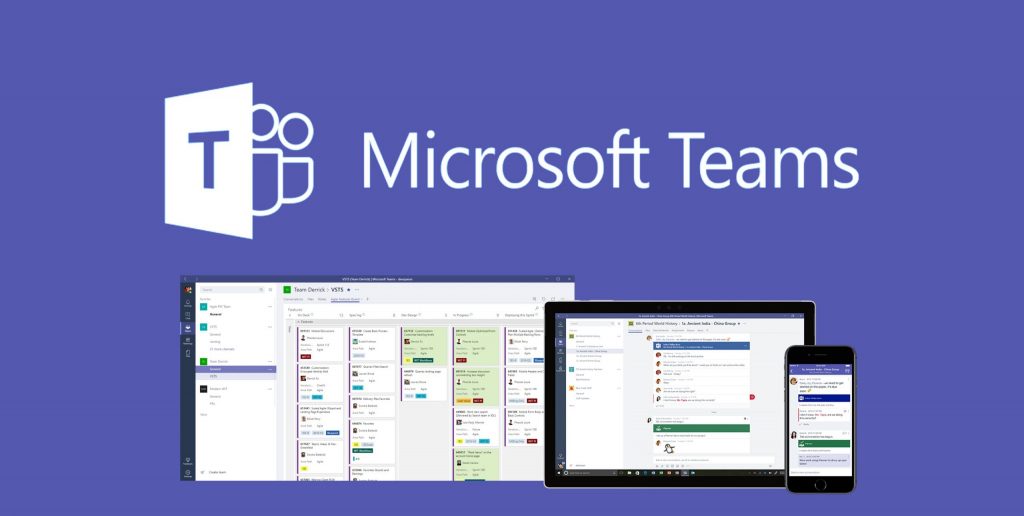
 Data Breaches: One of the biggest selling points of Software as a Service ( SaaS) platforms like Office 365 is that they make it very easy to share data inside and outside an organization. Alternatively, an attacker with access to a company OneDrive could insert a fake invoice into the company’s file storage and then “follow up” on it via email to make the scam more convincing. These fake invoices could be delivered via email. Business Email Compromise: Business Email Compromise (BEC) scams attempt to trick the target into sending money to an attacker, often in response to a fake, unpaid invoice. Whether via email, OneDrive, SharePoint, or Teams, there are multiple vectors by which malicious content can enter an organization or spread laterally from a compromised account. Malware Delivery: Malware is often composed of malicious files, and sharing and delivering files is a core capability of Office 365. Malicious links and attachments can be delivered via email, included in shared documents on OneDrive, or dropped in the chat in Microsoft Teams. Phishing Attacks: The Office 365 suite of software provides a number of delivery mechanisms for phishing content. Some of the most common security risks that Office 365 users encounter include: However, email is not the only attack vector within the Office 365 product suite. When considering the risks associated with Office 365, email security is a vital consideration.
Data Breaches: One of the biggest selling points of Software as a Service ( SaaS) platforms like Office 365 is that they make it very easy to share data inside and outside an organization. Alternatively, an attacker with access to a company OneDrive could insert a fake invoice into the company’s file storage and then “follow up” on it via email to make the scam more convincing. These fake invoices could be delivered via email. Business Email Compromise: Business Email Compromise (BEC) scams attempt to trick the target into sending money to an attacker, often in response to a fake, unpaid invoice. Whether via email, OneDrive, SharePoint, or Teams, there are multiple vectors by which malicious content can enter an organization or spread laterally from a compromised account. Malware Delivery: Malware is often composed of malicious files, and sharing and delivering files is a core capability of Office 365. Malicious links and attachments can be delivered via email, included in shared documents on OneDrive, or dropped in the chat in Microsoft Teams. Phishing Attacks: The Office 365 suite of software provides a number of delivery mechanisms for phishing content. Some of the most common security risks that Office 365 users encounter include: However, email is not the only attack vector within the Office 365 product suite. When considering the risks associated with Office 365, email security is a vital consideration. 
Infinity MDR (Managed Detection & Response).








